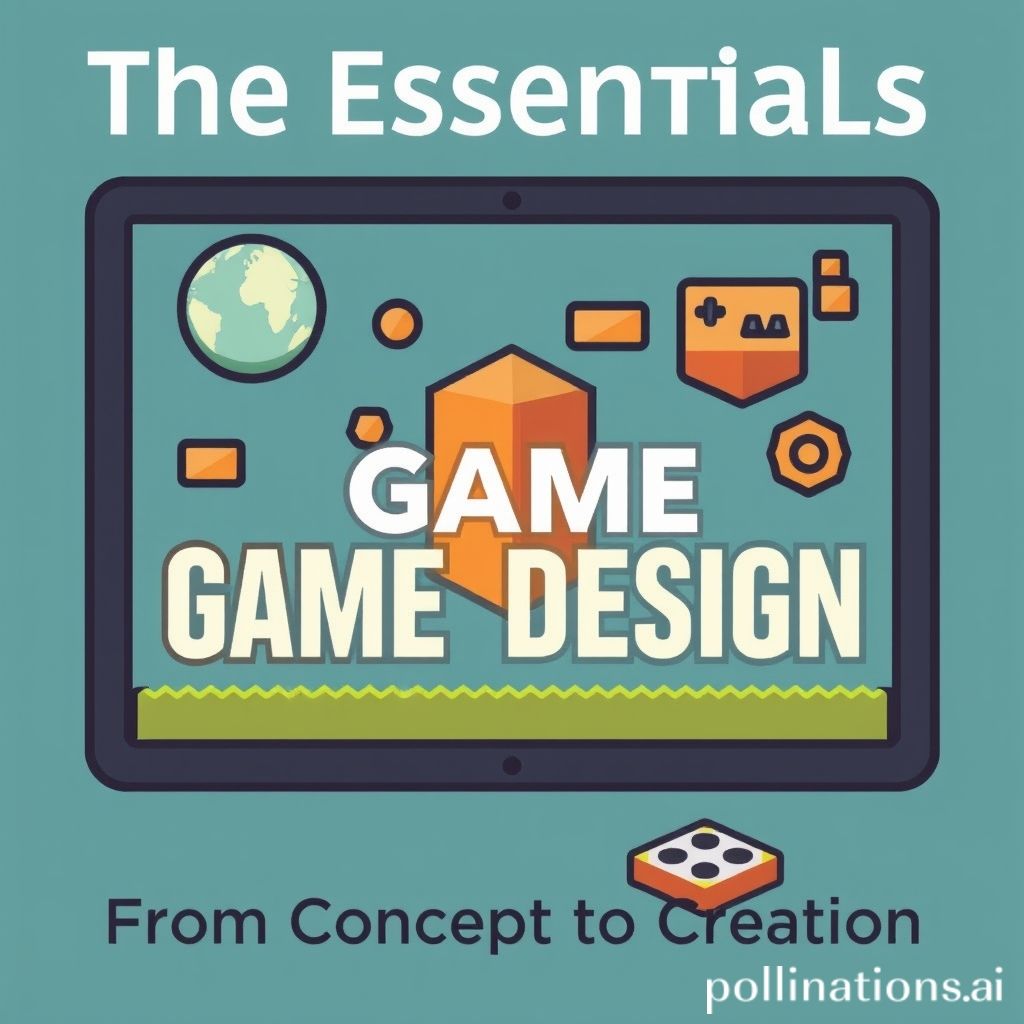
The Essentials of Game Design: From Concept to Creation
Game design is an intricate process that transforms ideas into interactive experiences. Understanding the essential elements of game design can help aspiring developers create engaging and successful games. This article explores the key stages of game design, from concept to creation.
1. Concept Development
The first step in game design is the concept development phase, where the initial idea takes shape. This involves brainstorming and refining ideas to establish the theme, genre, and core mechanics of the game. Key components of this phase include:
- Theme: The overarching narrative or setting that influences the game's aesthetics and storyline.
- Genre: The type of game (e.g., action, puzzle, role-playing) that guides the design choices.
- Core Mechanics: The fundamental rules and gameplay systems that define player interaction and objectives.
2. Game Design Document (GDD)
Once the concept is established, a Game Design Document (GDD) is created to outline every aspect of the game. This comprehensive document acts as a blueprint for development and includes:
- Game Overview: A summary of the game’s concept, objectives, and target audience.
- Gameplay Mechanics: Detailed descriptions of how the game will be played, including rules and controls.
- Art Style: Visual aesthetics, character designs, and environmental art that contribute to the game's overall look.
- Sound Design: Audio elements, including background music and sound effects, that enhance the gaming experience.
3. Prototyping
Prototyping is the stage where ideas move from paper to the screen. Developers create a simple version of the game, often referred to as a "prototype," to test and evaluate gameplay mechanics. This process includes:
- Iterative Testing: Continually refining and adjusting the prototype based on playtests to improve the experience.
- Feedback Gathering: Obtaining insights from playtesters to identify issues and areas for improvement.
4. Production
During production, the game is developed in earnest. This phase includes coding, art creation, sound design, and more. Key tasks involved are:
- Programming: Writing code to bring the game mechanics to life.
- Asset Creation: Designing characters, environments, and visual effects.
- Level Design: Crafting game levels that provide a balanced and engaging experience for players.
5. Testing and Quality Assurance
Once the game is in a playable state, testing becomes vital to ensure quality. This phase involves:
- Bugs Identification: Discovering and resolving glitches or issues that could impact gameplay.
- Playtesting: Conducting sessions with target audiences to gather feedback on player experience.
6. Launch and Post-Launch
The final stage is the launch, where the game is released to the public. Post-launch support includes:
- Updates: Regular updates to fix bugs or introduce new content based on player feedback.
- Community Engagement: Building a community around the game to foster player loyalty and gather ongoing feedback.
In conclusion, understanding the essentials of game design from concept to creation equips developers with the tools needed to craft captivating games. While each game is unique, following these fundamental steps helps ensure a successful development journey.
